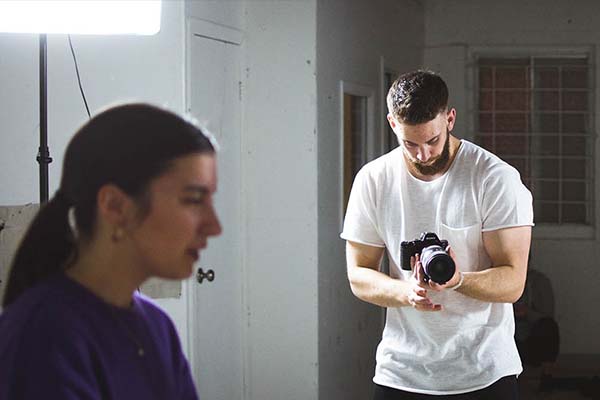Before we start comparing post-study usability questionnaires, it is important to understand what is usability. Usability is defined as “the effectiveness, efficiency, and satisfaction with which specified users achieve specified goals in particular environments.
The 4 commonly used questionnaires for post-study are System Usability Scale (SUS), Post Study System Usability Questionnaire (PSSUQ), Questionnaire for User Interaction Satisfaction (QUIS), and SUMI. Factors that may affect selecting a questionnaire include budget and cost, time, usefulness, and difficulty of measuring.
1.Budget and cost of conducting a research study
Cost is definitely the first concern when it comes to choosing metrics or post-study usability questionnaires because not all are free. The usual costs involved in conducting a research study on a website, software or system include participant recruitment fee and participant incentives, venue, moderator or translator allowance, and other miscellaneous fees. If there are no remaining budget after deducting these costs, SUS and PSSUQ are your only options.
- SUS is free.
- PSSUQ is free.
- QUIS is not free.
- SUMI is not free.
2.Time
The duration of a research study is usually capped at 1 to 1.5 hours per session to prevent fatigue among participants. Some questionnaires may take as short as 3 minutes to as long as 20 minutes. If participants are required to do an A/B testing or test on multiple websites, you may want to choose a shorter questionnaire.
- SUS consists of 10 questions
- PSSUQ consists of 16 questions
- QUIS consists of 27 questions
- SUMI consists 50 questions
3.Usefulness
SUS focuses more on perceived usability while PSSUQ is widely used to measure users’ perceived satisfaction. On the other hand, QUIS and SUMI are more complex and may be used to measure specific factors or components of a system.
- SUS is quick and dirty but only produces an overall score on usability.
- PSSUQ produces not only an overall score but also sub-scales on system usefulness, information quality, and interface quality
- The version 7 of QUIS is redesigned to measure the overall ratings of the system, specific interface factors such as screen factors, terminology and system feedback, learning factors, system capabilities and also other specific components of the system.
- For SUMI, there are specific scorings on affect, efficiency, learnability, helpfulness, and control, on top of a global score.
4.Difficulty in measuring and interpreting
SUS is relatively more difficult to calculate, but fret not! Just follow the quickest and simplest way of measuring SUS in this guide.
Conclusion
Each of the methods has its own pros and cons. However, SUS stands out when it comes to the effort needed. SUS requires the least time and it is completely free. Unless a more complex study on specific elements of a system is needed, SUS is highly recommended.



















